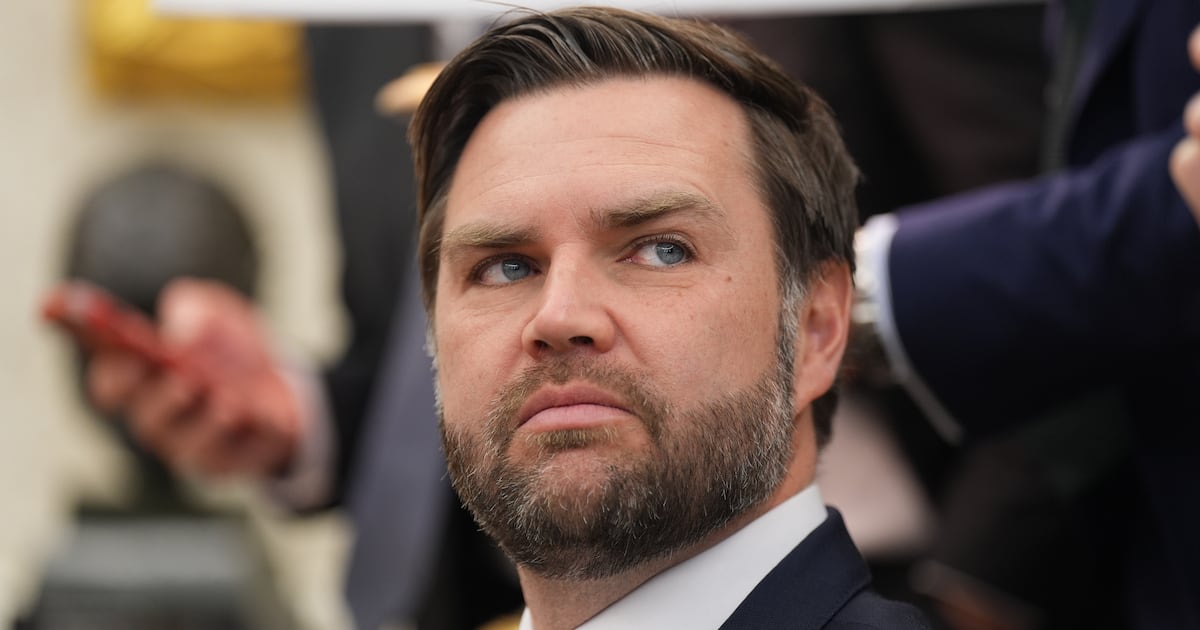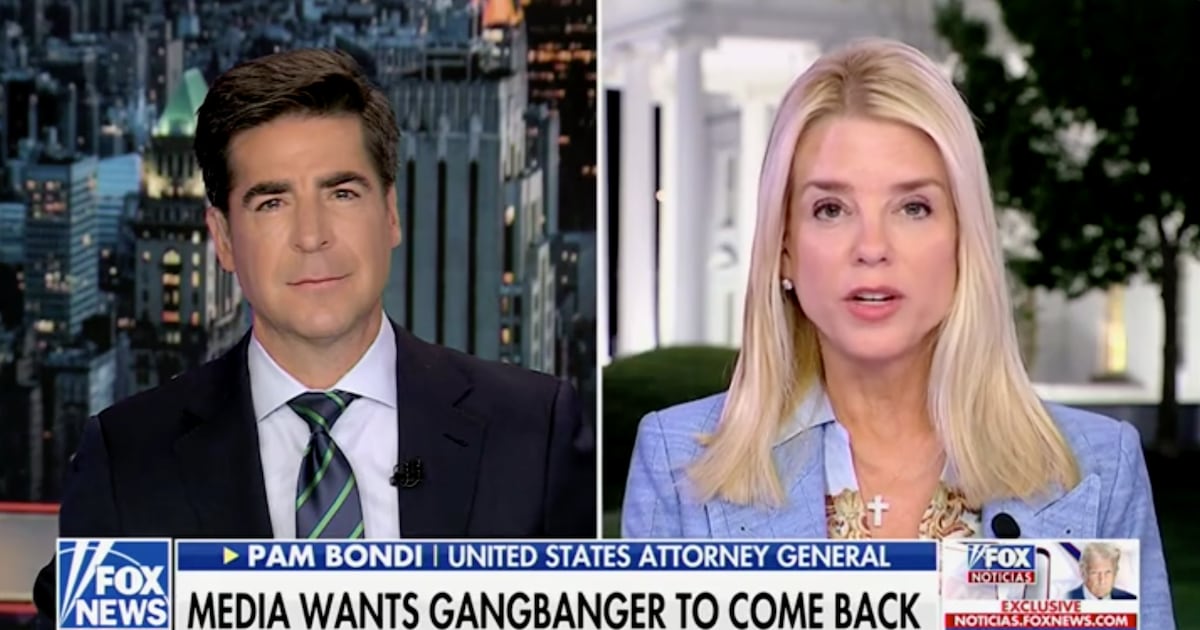It was something New Yorkers weren’t used to: A vacation from the cops. Or, as Matt Taibbi at Rolling Stone more accurately called it, an “alternative universe.” The purported slowdown within the NYPD ranks gripped Gotham for two weeks, plunging the city wide number of summonses in the first week of January from 29,599 last year to a mere 2,128. And, as the Daily Beast reported, that downturn — be it politically motivated against NYC Mayor Bill de Blasio or not — was visible. In areas like Bed-Stuy, Brooklyn, where cops are as present as bodegas, police patrols rarely got out of their cars. In other neighborhoods, a work stoppage even meant absolutely zero parking tickets. Seriously. None at all.
Now, it looks as if that vacation is over. This past week, New York’s finest handed out 12,365 summonses and made 4,690 arrests. Both figures are still nearly half of what they were pre-slowdown, but still a significant increase. After making it clear last week that he wanted this regress to end immediately, NYPD Commissioner William J. Bratton reportedly used a loss of work time and vacation days to strongarm precincts into arresting people again. (He later denied saying it at all.)
With the resulting stats in hand, he told reporters at 1 Police Plaza on Monday that the Department was “pleased with the fact that the officers are beginning to re-engage again.”
But with a machine-like system that can just as easily slow down as it can arrest more, many police critics are now asking: Is this about law enforcement, or hitting numbers?
“A lot of it is driven by dollars and cents,” said Sal Albanese, a former City Councilman of 25 years and Democratic candidate for mayor. “When I was in the Council, there were numbers attached to traffic tickets and summonses — projections in the budgets of how much the police officers had to make. I would question it all the time: This is not about law enforcement; this is about revenue.”
“If there is a crackdown and pressure on cops to get numbers back up again,” Bob Gangi, the head of the Police Reform Organizing Project (PROP), told me. “This, for all intents and purposes, is a quota. It shows the Department’s willingness to use a quota system to get sufficient results.”
Accusations of a quota system (which is illegal) at play behind closed doors have existed in the conversation surrounding NYPD policing practices since Mayor Rudy Giuliani’s tenure. Gangi himself has called it the “belly of the beast” on several occasions. It was at the center of the NYPD Tapes investigation done by Village Voice reporter Graham Rayman, who reported on secret recordings of precinct commanders telling officers to go out and arrest minorities at will. This numbers game has always been charged by critics and, subsequently, has always been denied by NYPD officials.
As the forerunner of the Broken Windows theory, which targets low-level infractions in order to prevent larger crime trends, Bratton has made crackdowns his career’s M.O. “The weed in the garden, eventually, if left uncut, is going to kill the tree,” Bratton said, endorsing a return to Broken Windows last Friday, “and similarly the first time somebody painted graffiti on a subway car, in 1965, and they didn’t clean it off, it took a few years, but pretty soon all 6,000 cars were covered inside and out.”
On Monday, Bratton yet again denied that system existed within the New York City Police Department or at the heart of this theory, arguing that “there is no specific target number that we go for.” Still, in almost the same breath, he said the current numbers were below “what we would describe as normal,” which had vast implications to Marc Krupanski, a program officer at the Open Society Justice Initiative.
“It also strikes me that as Bratton and others have spoke about a ‘return to normal’ numerically, this implies that there are performance or productivity targets of low-level, Broken Windows-style arrests,” Krupanski said. “This is quite troubling and something that both communities impacted and NYPD patrolmen have spoken out against. What their exact formula of how X number of arrests fits into their overall strategy? I can't say right now unfortunately.”
(The NYPD has been reached for comment on this issue, but has not returned comment to the Daily Beast.)
Even with virtually no policing going on, crime in New York still dropped. In comparison to this time last year, murder rates were down 16.7 percent, rape down 21.4 percent, felony assaults dropped 16.9 percent and burglaries were down 27.8 percent. Gangi continued: “We think the slowdown is an ‘emperor has no clothes’ moment.”
Gangi likened Bratton’s denial to former President George W. Bush saying the United States does not torture, or former President Bill Clinton telling the country that he did not have sexual relations with Monica Lewinsky. “It’s disingenuous at best,” Gangi declared.
When faced with this question on Monday, Bratton argued that two weeks doesn’t necessarily compose a trend. But crime has been unprecedentedly low for some time. This year was the safest for New York City since 1994, the year CompStat, the data collection tool introduced by Bratton, made its debut. And, since he took office for a second time last year, the number of summonses and arrests have been on a steady decline anyway. So why do they need to suddenly go back up?
At the peak of the slowdown, New York City was losing $10 million a week in city dollars — a total that former Councilman Albanese believes must’ve garnered a lot of anger from the NYPD top brass and City Hall.
“I don’t think it’s the main reason the slowdown is ending,” he added. “But there are big, big revenue drives, especially with over 8 million people living in this city.”
But still, Gangi says, the loss of revenue isn’t enough to make any sort of relevant dent in the NYPD’s $4.7 billion budget. Those parking tickets and fines do add up, but, as a result, New Yorkers now collectively had $10 million more in their pockets to spend. To add to that, cops were no longer getting paid for overtime, which saves the department money.
Given the recent tensions in New York City, Gangi hopes this disdain for numbers-based policing may actually provide an unlikely olive branch. On the topic of quotas, police reform advocates have an unlikely ally: Patrick Lynch, the head of the Patrolmen’s Benevolent Association. Lynch has been the leading voice against Mayor Bill de Blasio in recent weeks, infamously epitomized by his charge that de Blasio had “blood on [his] hands” in the deaths of detectives Wenjian Liu and Rafael Ramos last month.
But in an op-ed for the New York Daily News a few months before de Blasio took office, Lynch criticized the NYPD for unofficially using quotas. As the Beast’s Jacob Siegel reported during the slowdown, they were putting cops in positions they don’t necessarily want to be in. “Quotas are the worst possible way to try to produce more effective policing,” he wrote. “They risk turning officers into automatons and fuel predictable, pervasive distrust between cops and communities.”
And, with the end of the slowdown approaching, that is what New Yorkers are afraid of going back to.





